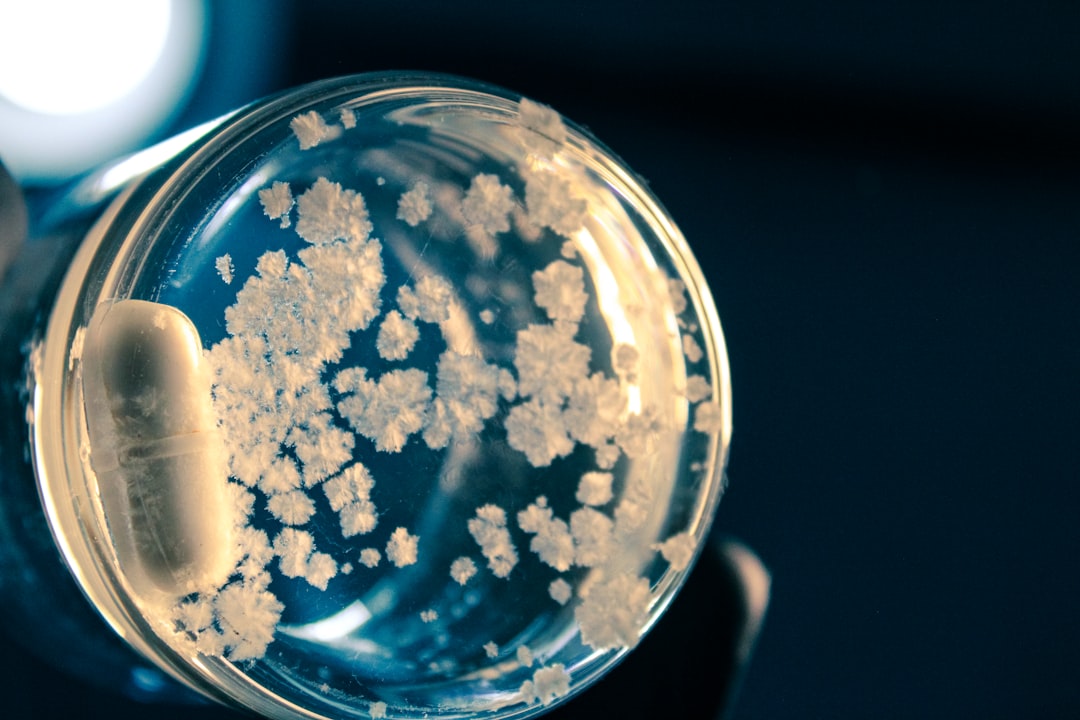What is it about?
Novel delivery methods are needed to specifically deliver chemotherapeutic agents as well as biological molecules to the tumor vicinity. Cancer treatment with adenovirus is hopeful, but its low efficacy in vivo makes gene insertion difficult. Liposome-mediated gene therapy is a promising way to deliver genes, but its physical and mechanical properties depend on how it is made, the type of lipid, the surfactant, the organic solvent, and the ionic strength of the suspension medium. This manuscript discusses physical, biological, and chemical means for vesicle formation.This study examines structural advances in liposome-based targeted gene therapy for cancer. Cationic lipids and polymers can bond cooperatively to DNA andcompact the plasmids for chemical transfection. In the 18th century, surgery was the only treatment for carcinoma, but it didn't completely irradicate the cancer cells, so patients had numerous relapses.Ligand-targeted and multifunctional liposomes may overcome the limitations of single-function compositions. PEG conjugation targets liposomes to specific cells or tissues, enhancing the human transfer of ligand-integrated lipoplexes. Oncogenes, immunogens, and tumor suppressor genes are the prominent targets. RNA inhibitors or microscopic oligonucleotides reduce oncogenes like RAS, MYC, and BCL-2. Cytokines and chemokines encourage the immune system to fight cancer through gene therapy.
Featured Image

Photo by Alexander Grey on Unsplash
Why is it important?
Ligand-targeted liposomes resolve problems like RES uptake, opsonization, and inflammation. PDC, PMDS, and cell penetration peptide-mediated delivery methods target brain cancer. Aptamers are more cost-effective, and precise, and have high target affinity than antibody fragments. After IV infusions, liver phagocytic cells and RES remove lipoplexes. Lactosylated liposomes with calcein or DOX delivered DOX to liver cells. HA-DPPE-coated liposomes prevented serum protein binding and improved blood clearance. For drug release, LEM-ETU liposomes must be stable for 18–24 months. Both systems need cryoprotectants. Liposomes have therapeutic benefits, but production, government regulations, and intellectual property limit their use. EPR may improve drug delivery.
Perspectives
To critically assess liposomes application, preparation, therapeutic applicability, market research and industrial scalability literature. We will discuss its theoretical frameworks, experimental evidence, and limitations, as well as clinical trial results and future research prospects.
ASHISH AKKEWAR
Read the Original
This page is a summary of: Liposomes in the Targeted Gene Therapy of Cancer: A Critical Review, Current Drug Delivery, May 2023, Bentham Science Publishers,
DOI: 10.2174/1567201819666220421113127.
You can read the full text:
Contributors
The following have contributed to this page










